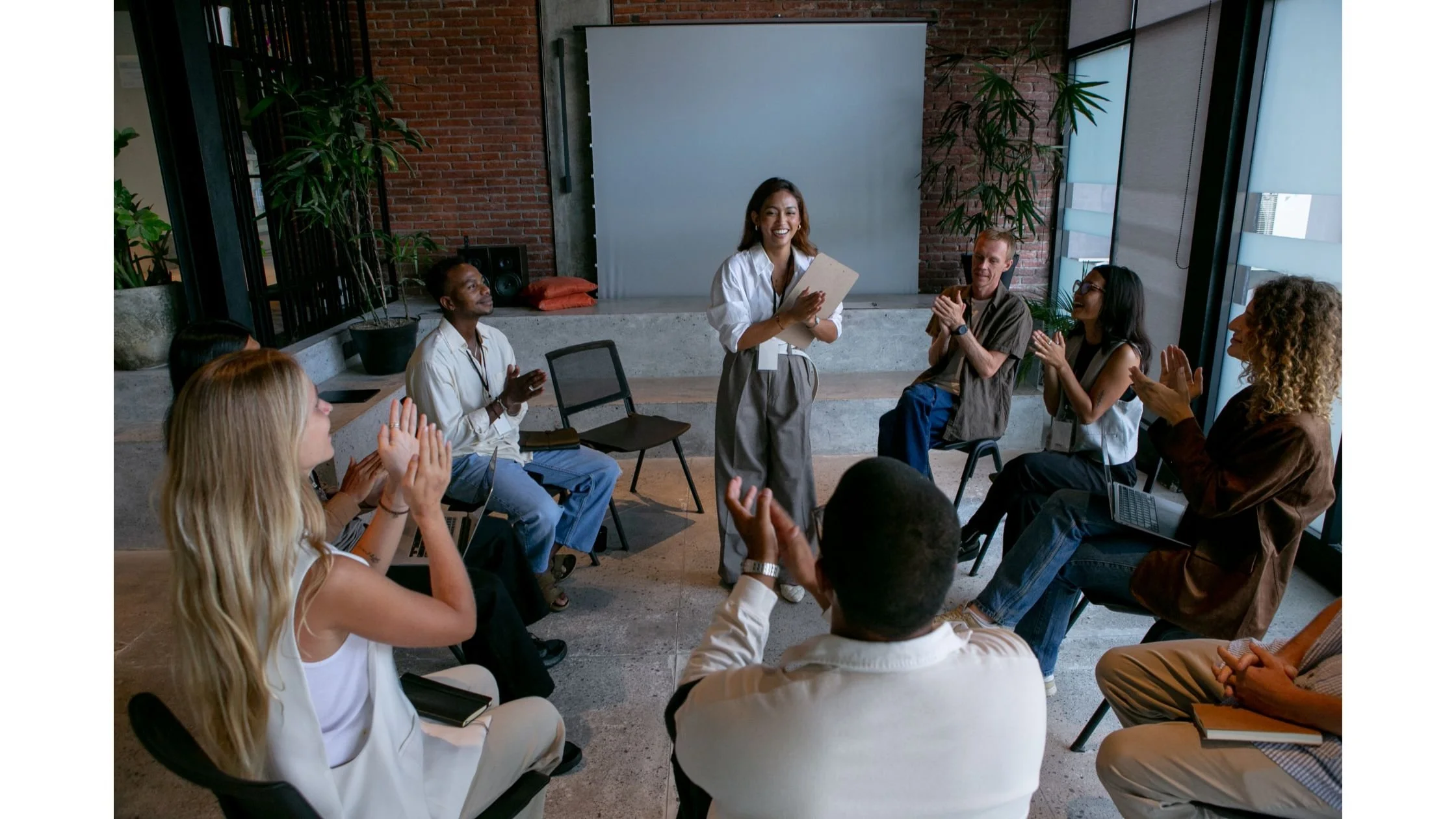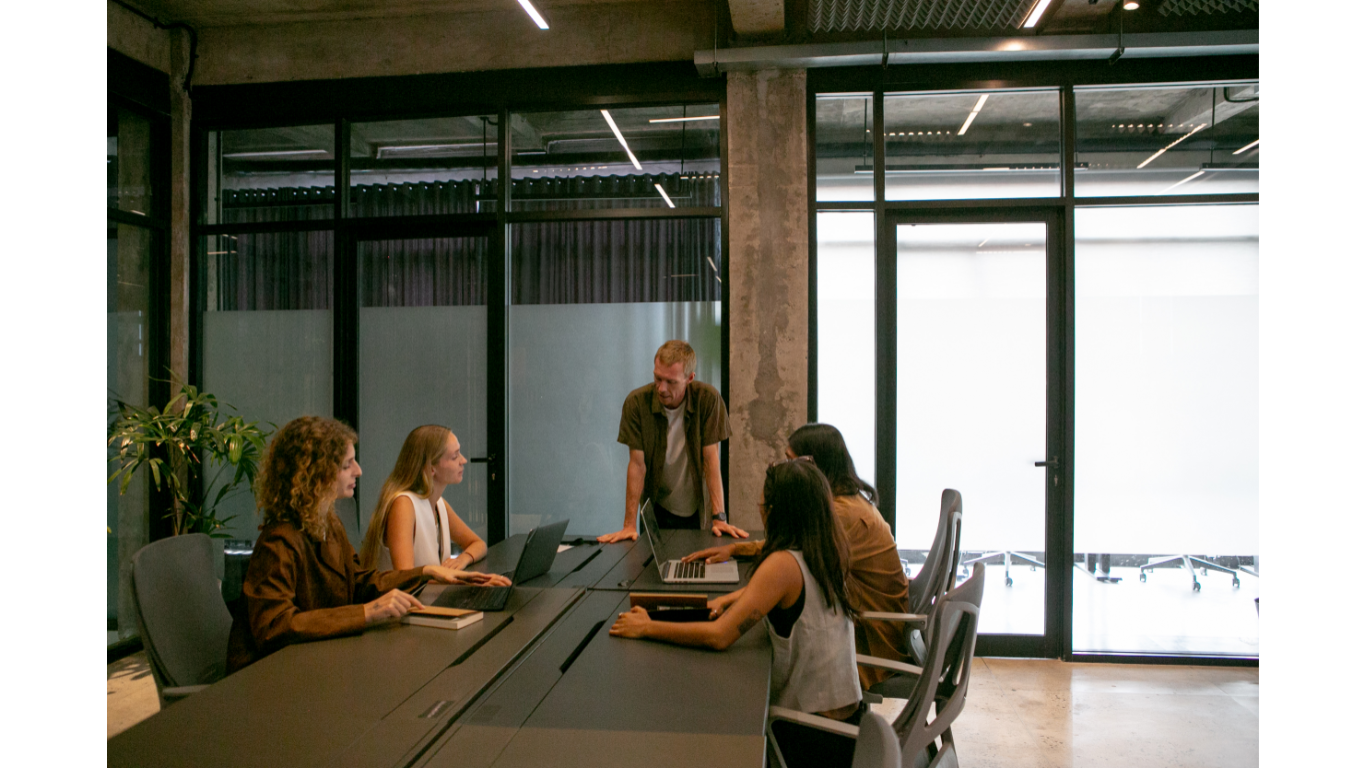Why Teamwork Needs Immersive Experiential Learning Rather Than Mainstream Training
Most organisations still believe teamwork is built through standard training rooms and tidy frameworks. But real collaboration begins when people are pushed into experiences that make them listen, adapt, and recognise the strengths and weaknesses around them. That is where immersive learning changes everything.
Yet the reality in many organisations tells another story. Teamwork is often reduced to following whatever the boss believes is best, with little openness, little support, and training treated as a mere formality. How, then, can we move beyond this limited version of teamwork?
The Reality of Teamwork
On paper, teamwork sounds simple. You gather smart people in one room, give them a goal, and expect great results. In practice, it rarely works that way. The everyday reality inside organisations often shows that what is called teamwork does not always reflect true collaboration. Here are some fun facts that might sound familiar:
People say it is teamwork, but when an idea moves forward, the credit is taken by one person.
People say it is teamwork, but when opinions differ, colleagues are slowly sidelined until they feel pushed out.
People say it is teamwork, but when failure happens, only one name is left to take the blame.
People say it is teamwork, but in meetings, the loudest voice often decides, while quieter insights are ignored.
People say it is teamwork, but silos between departments stop projects from moving anywhere.
People say it is teamwork, but deadlines create competition instead of support.
People say it is teamwork, but success is celebrated individually rather than collectively.
After looking at these fun facts, it becomes clear that the claims about teamwork inside many organisations do not match the reality. Standard training programmes often fail to address the underlying issues, which leaves teams stuck in patterns of poor collaboration, lack of openness and uneven recognition. This is exactly why mainstream training falls short and why a different approach is needed, one that focuses on behaviour change, real interaction and immersive experiential learning.
Why Mainstream Training Fails
Most mainstream training only touches the surface. A lively speaker may lift the mood for a day, but the energy soon disappears. Many programmes even funnel participants into another paid workshop, creating training on top of training without fixing the real issue.
The sessions usually follow a fixed script with template modules, quizzes, and games that feel generic. They rarely connect to the team’s actual challenges or the company’s culture. Participants are not guided through real experiential learning, and they are seldom taught creative problem-solving skills. Yet organisations expect every employee to have this ability, even though it needs to be developed and practised.
In the end, behaviour does not change. Extroverts may speak up while introverts remain quiet, and teams quickly revert to old habits once the training ends. Companies need a different approach that feels real and relevant, one that actually shifts behaviour and stays with people in practice.
Immersive Experiential Learning in Action
Immersive experiential learning goes far beyond the surface level of mainstream training. Rather than sitting through presentations or filling in surveys, participants are placed in real-world-inspired scenarios that demand teamwork, problem-solving, and adaptability. This approach helps people practise openness and collaborative behaviour in the moment, making change both immediate and memorable.
A London-based startup experienced this first-hand through the Marvellous Ideas workshop. Their challenge was to design and pitch a pilot episode for a new Marvel series, using only unused characters. It was a bold simulation that pushed the team to step outside their comfort zone, spark creativity and rely on teamwork under pressure.
The exercise quickly revealed both strengths and blind spots. Team members who were usually quiet found ways to contribute, while more confident voices learned to listen and adapt. What emerged was not just a collection of ideas, but a shift in how the team connected and supported each other in a fast-paced environment.
What Participants Feedback
“I never thought I’d pitch a superhero show—this really changed how I approach idea generation.”
“Loved the balance of structure and creative freedom—innovating felt effortless.”
These reflections prove that teamwork is not built by theory or short-lived motivation, but by real experiences that shape behaviour. Mainstream training often fails to reach that depth, which is why organisations need a different approach.
Discover How Our Simulation Training Transforms Teams
What participants experienced in the Marvellous Ideas simulation was not just an exercise; it reshaped how they collaborated, communicated and solved problems together. It showed that teamwork develops most effectively when people face challenges that reflect real situations rather than sit through theory.
Mainstream training rarely goes beyond surface-level energy. At Sidestream, our simulation training is designed to create behaviour change that lasts, helping teams unlock creativity, confidence and stronger collaboration.
Book a free call today or contact Sidestream to explore how this approach can work for your team.


